“We are always usually one of the first ones to pick in Bolgheri – the neighbours start getting nervous when they see our trucks running around ‘What are they doing?’” says Priscilla.
Sassicaia 2017, the vintage that was released this time last year in the flesh, was a textbook example of how a great wine can still be made in a difficult vintage. Sassicaia 2018, on the other hand is how a masterpiece can be made.
Tenuta San Guido’s Priscilla Incisa della Rochetta – the granddaughter of the Marchese Mario Incisa della Rocchetta, who first conceived the wine and planted the ‘international’ grapes in Tuscany in the 1940s – launched Sassicaia 2018, Guidalberto 2019 and Le Difese 2019 yesterday online.
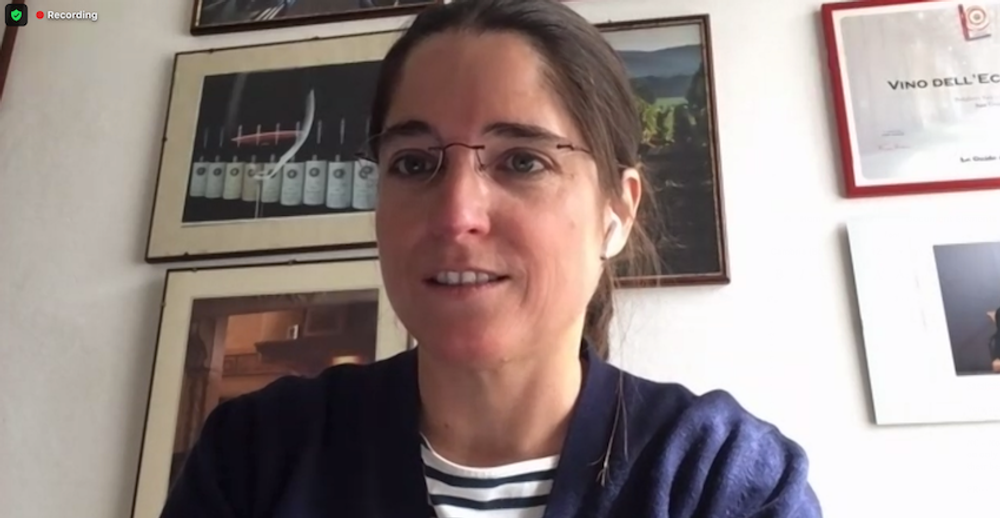
“It is more like a small world where different things co-exist,” Priscilla Incisa della Rochetta, February 23, 2021
A classic vintage has produced a classic Sassicaia
2018 was a fresh vintage with lots of rainfall and many days in August where the temperature dropped below average. The result was that the fruit had more hang-time with harvest taking place 7-10 days later than normal. In the Sassicaia 2018 this slow phenolic ripeness has resulted in greater complexity and brighter acidity than were evident in the 2017 and are hallmarks of a spectacular wine.
Explaining the weather in 2018 Priscilla said “It was totally different to 2019 – fresh and cool – but it was not easy, it was challenging especially in the Spring and early summer to keep vegetation in control and protect against moles. But it is the kind of vintage we like, it represents the classic Sassicaia style which is less about concentration and sugar and alcohol but more about finesse, elegance. With this wine we celebrate 50 years and no.8 is always a lucky vintage so we are more than satisfied.”
The scale of the 2500 hectare estate, its proximity to the Mediterranean, variety of altitudes, aspects, soils and vegetation means that the winemaking can pretty much cope with anything thrown at it; as a result Sassicaia is made in the vineyard and not tampered with in the winery, Priscilla explains.
“We’re lucky in that we have vineyards scattered throughout the estate at different altitudes so we are able to have little micro zones that react differently and we can select from 100 hectares of Bolgheri Sassicaia.”
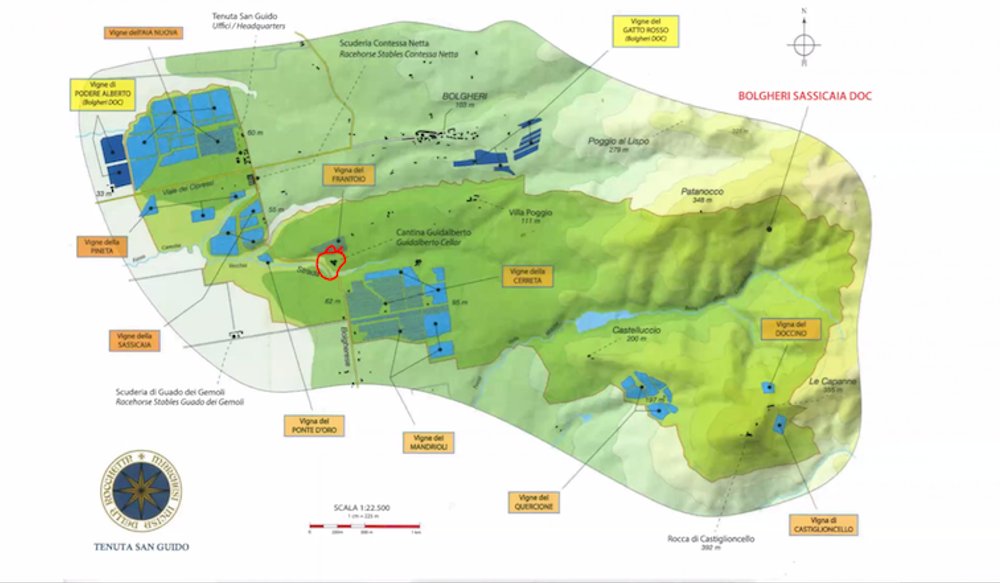
The Tenuta San Guido estate. The red circle indicates where the new winery for Guidalberto is to be built
An estate that is in a world of its own
If there is intense heat, like in 2017 for example, fruit can be sourced from the Quercione, Castiglioncello and Doccino vineyards (bottom right on the map) that are older, more elevated, the last two facing East and North and have cooler temperatures at night, the vines having deeper roots and more able to resist heat-stress. With only 60% of the 100 ha of Bolgheri Sassicaia vines producing fruit for the finished flagship wine, it means that the winemaking can adapt to the vagaries of the climate. Earlier picking and reduced maceration are also ways used to maintain the wine’s ‘cool-fermented’ style, although Priscilla says that climate change is not affecting their estate too overtly with cooler vintages more in evident in the past 10-20 years.
“We are always usually one of the first ones to pick in Bolgheri – the neighbours start getting nervous when they see our trucks running around ‘What are they doing?’”
“It is not a real traditional wine estate more like a small world where different things co-exist and support each other, Carlo, our estate manager, has to care about other things, the nature reserve, kilometres of roads, olive oil.”
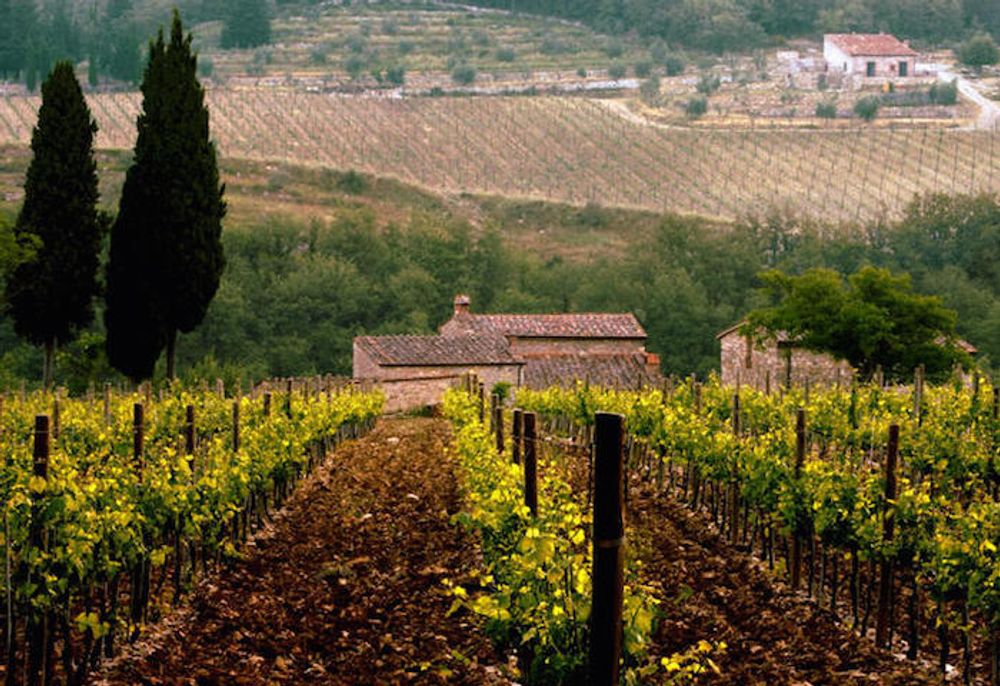
Sassicaia means ‘stony place’
When Priscilla’s grandfather moved to Tenuta San Guido, horse breeding was the main business with winemaking intended solely for family use but, as his experimentation developed and the realisation of what the Bordeaux varieties could do with age in the bottle, the wines started being made commercially available in 1968. The critical reaction and the subsequent success story meant that horses soon took a back seat in the business plan, even though the stud farm is still a major ongoing concern.
For the past 26 years Sassicaia has had its own DOC – DOC Bolgheri Sassicaia – the only wine estate in Italy to have this. The estate’s other two wines Guidalberto (“it is not a second wine!”) now into its 20th vintage and Le Difese introduced in 2002 are both Toscana IGT as there is more flexibility, although Priscilla reveals that they are thinking of making Guidalberto a Bolgheri DOC wine.
Other more recent news is that the winery being built to house production of Guidalberto (an old on-site brick works) has been put on hold because of Covid. The estate has also halved production of ‘third’ wine Le Difese so that it can guarantee the high quality of the fruit that goes in to make the wine (50% being bought in from neighbouring family-run estates).
So how were the wines tasting?

Sassicaia, DOC Bolgheri Sassicaia, 2018, 13.5% abv
Cabernet Sauvignon 85% Cabernet Franc 15%
Sassicaia 2018 is firing on all cylinders make no mistake. It is a landmark vintage not just noteworthy because it is the wine’s 50thanniversary, nor because it is one of their ‘lucky’ 8 vintages, but this is up there with some of the finest wines this estate has ever produced. It seems that the wine sits best with a cooler, classical vintage like 2018 where the extended, hassle-free hang-time of the fruit has led to a phenolic ripeness that brings with it added complexity, depth of flavour and bright acidity.
To look at, the wine is medium ruby-red; the aromatics are beautiful and elegantly perfumed, a bit shy at so young an age but, with time in the glass, it slowly reveals red plum and blossom and a green tea leaf character with a subtle menthol lift; the palate is really something and true to the finest Sassicaia – the wine is fleet of foot and glides effortlessly across the palate, with such wonderful balance and precision. Each drop contains a myriad of flavours of blue and black fruits, a touch of earth, touch of cream, the velvety ripe tannins helping to give the wine structure and stony intensity. Surprisingly approachable now this will probably be drinking well when the wine celebrates its centenary.
The 2018 spent 19 months in oak, two thirds new, which is a tad more than normal, although the oak is almost imperceptible. 250-270,000 bottles produced.
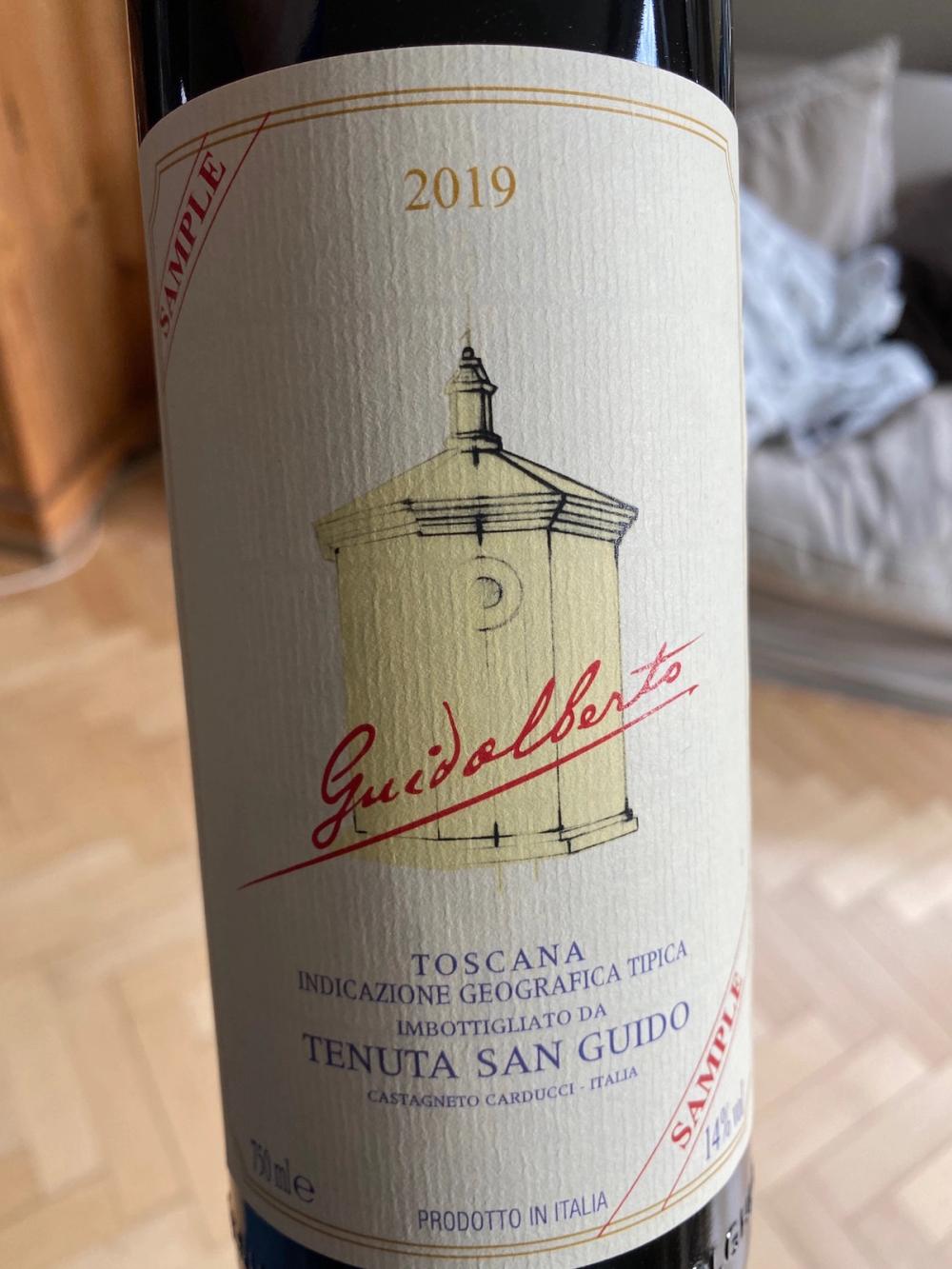
Guidalberto, Toscana IGT, 2019, 14% abv
Cabernet Sauvignon 60% Merlot 40%
Coming across less like a Left Bank Bordeaux made in the Mediterranean, than a wine that has truly established its own identity.
Deep ruby; wild blackberry, savoury notes of balsamic, graphite, coffee grounds; the palate is open and fresh on entry with bramble and blackcurrant fruit then a tense, morello cherry/blood orange acidity and texture, cloaking ripe but rigid tannins with a dry stone finish. All the elements are there but needs more time in the bottle to gel perfectly I think. A lot of intensity and finesse as you might expect. This is the 20thGuidalberto to be on the market and is named after the man who planted the 5km long 2500 cypress tree avenue on the property. Aged for 15 months in oak and a further 3 months in bottle. 430,000 bottles produced.
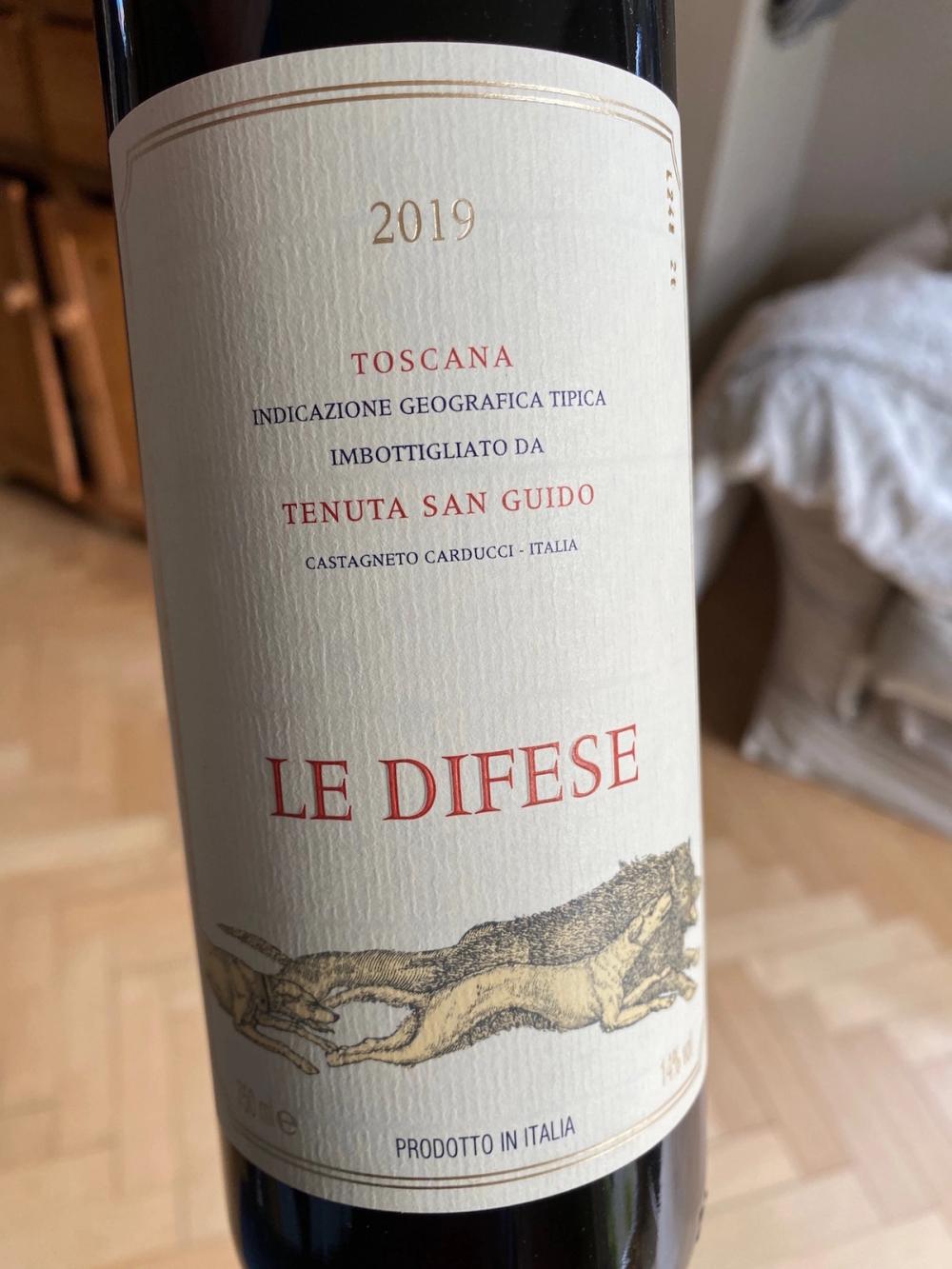
Le Difese, Toscana IGT 2019, 14% abv
Cabernet Sauvignon 55% Sangiovese 45%
The only one of Tenuta San Guido’s wines to use Sangiovese, and the ratio to Cabernet Sauvignon has increase in this vintage from 30% (2018) to 45%. Pale garnet; pretty, lifted aromatics of mulberry, cherry, dried rose petal, fresh Mediterranean herbs; so approachable, light, open and fresh on the palate with the ripe sandpaper tannins registering a little bright, blue plum skin on the finish after a wash of fresh red berry fruit. Le Difese is Italian for wild boar’s tusk in case you were wondering. 300-320,000 bottles produced.
The wines of Tenuta San Guido are imported into the UK by Armit Wines, which is a supplier partner of The Buyer. To find out more about Armit click here.









































